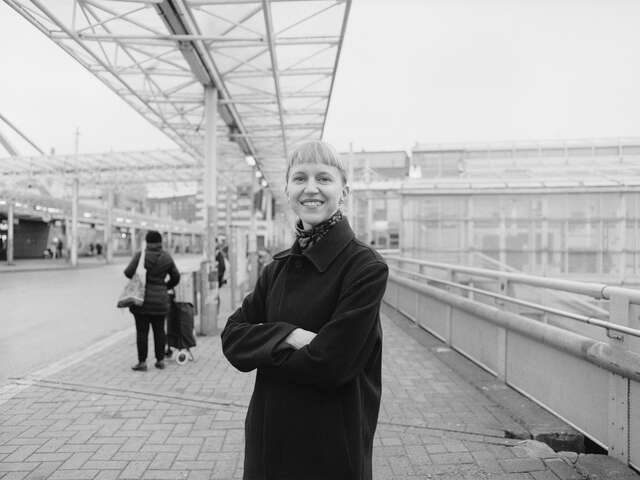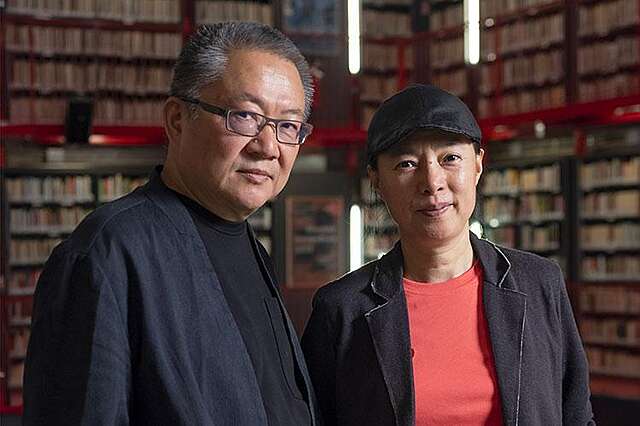Huussi: Venetian sanitation system
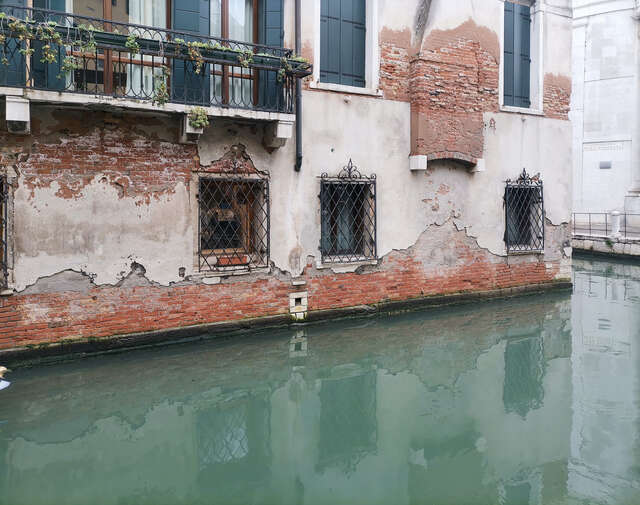
Direct discharge on canal. picture: Barbara Motta
The idea for the Pavilion of Finland’s Huussi exhibition stemmed from the realisation that the sewage water in Venice runs into the canals. For the exhibition publication, architect Barbara Motta wrote an article explaining the traditional sewage system and how it functions today.
The entire world knows the uniqueness of Venice with its canals and bridges. Yet the city also hides curiosities that are obscure to people. These include its sewage system – namely, what happens under the buildings, pavements and inside the canals. To get to the bottom of understanding that, we have to go to the beginning.
The oldest information about the Venetian sewage system dates back to the 15th century. In those days, the canals were used as sewers to sweep out the waste to the lagoon. Though today, the method may seem strange, it worked effectively and kept the town healthier than places where sewage in those days was left in the streets.
The public sewer network was developed in the 16th century with the construction of underground tunnels, the gatoli, which branch out under the calli, campi and campielli. The tunnels carry the wastewater together with the rainwater out into the canals. The gatoli are made up of masonry walls and steleri (in stone or concrete) that serve as a cover. The typical layout of the tunnel network consists of a series of connections that lead from the buildings to the main collectors, which then flow into the canals.
The oversized dimensions of the tunnels together with their lack of inclination made the water flow down while the coarser parts collected as deposits at the bottom. In Venice, the purifying power of the brackish waters carried by the tides has always prevented the development of serious epidemics.
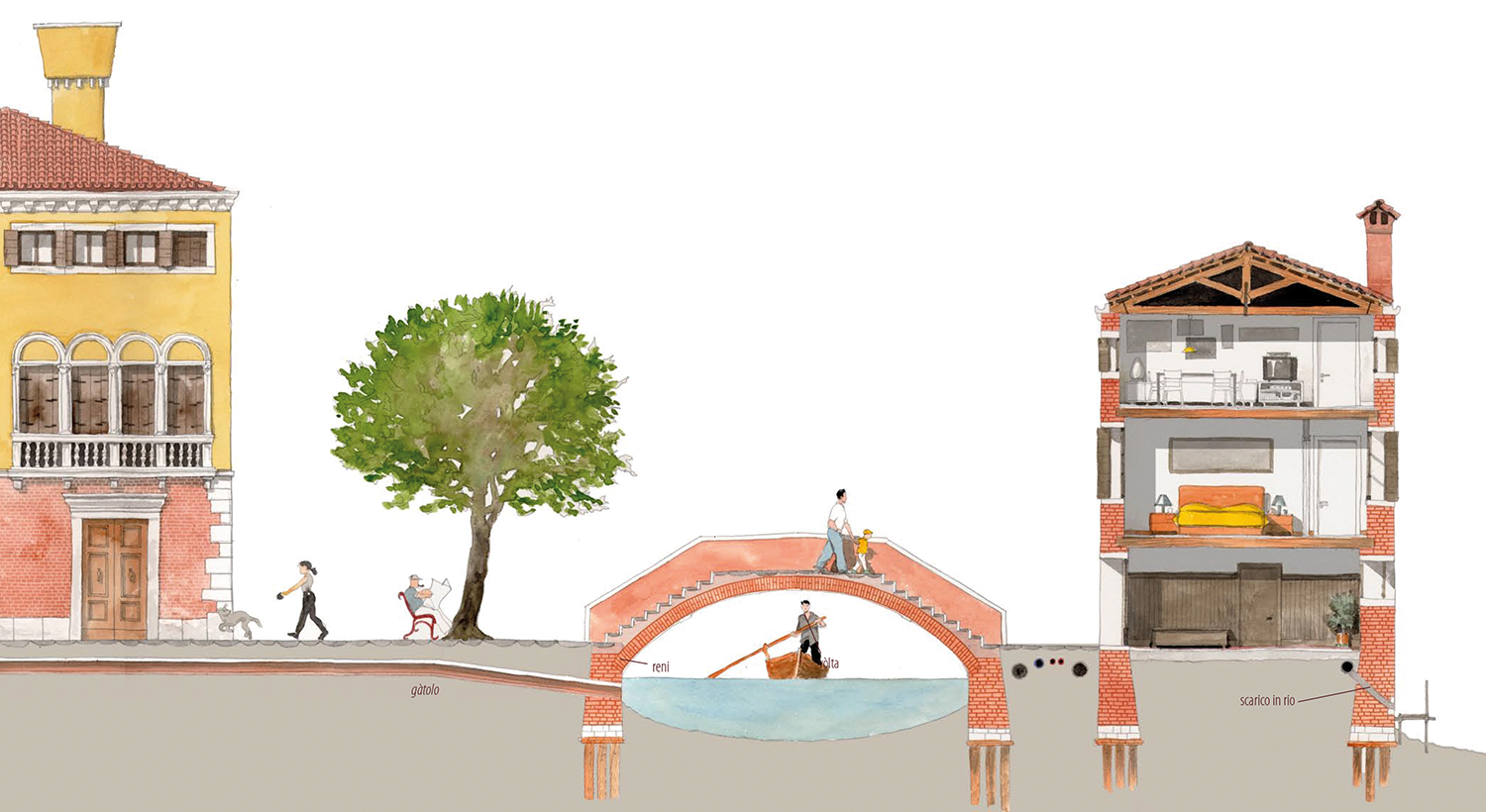
New approach to Venetian tradition
This system worked quite well until the economic boom in the 1960s. By then people were using dishwashers and washing machines more, including chemical cleaners and toilet paper – water consumption increased. At the same time, maintenance work on the underground tunnels decreased – there was less effort on keeping them clean and dredging the canals.
When the state of the gatoli was checked in the 1980s, they proved to be in poor condition. Many of the tunnels were completely blocked. The lagoon was invaded by chironomids, a type of mosquito, which significantly multiply with the water eutrophication process.
At that point, building a modern centralised sewage system was too difficult in such a peculiar city. So, in the 1990s the municipality made the decision to introduce a capillary network of small purification plants throughout the historic centre. In addition, a new plan was made to maintain the existing tunnels to make sure they were clean and functional. Renovation work was carried out on the masonry structures and their cladding with prefabricated fibreglass elements that guaranteed the tightness of the existing collectors and eliminated possible infiltrations.
To further prevent the weakening of the gatoli system and its many connections, work was done to divide rainwater from wastewater. This was done by introducing a new network of PVC piping specifically for rainwater.
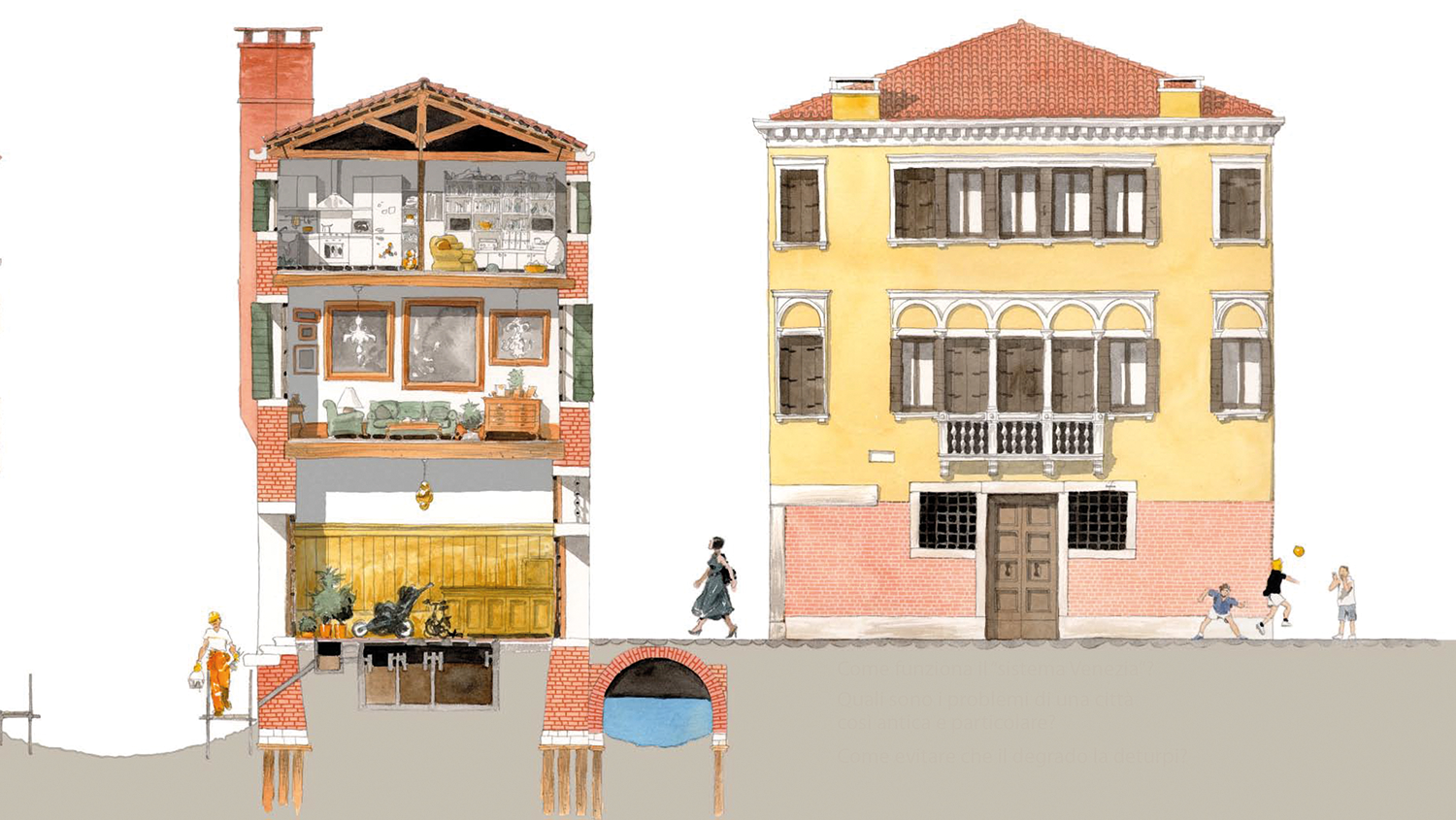
Venice is still searching for an ideal sanitation solution
Modern pipe sewage networks are found in peripheral, more recently built parts of Venice: Sacca Fisola, Giudecca, Santa Marta, Sant'Elena, Murano and Burano. They also flow into the lagoon just like the traditional tunnel system. The new networks have actually generated more problems than the traditional gatoli, because they are not suitable for the lagoon’s marine system. In fact, during tides, water often invades the pipes and their diameter is reduced by condensation.
The ancient Venetian sewage system is still largely used although they have been modernised to include purification systems. Today there are three different types of waste and purification in the centre of Venice. Small buildings use septic tank systems. Large hotels and production activities are equipped with their own small purification plants and medium-sized public purification plants collect water from a certain group of houses.
Today there are more than 7,000 septic tanks in Venice used for houses or small groups of isolated houses with a population of less than one hundred. In the septic tanks, the anaerobic bacterial environment decomposes or mineralises the liquid discharge before it ends up in the canals. The solid parts need to be removed with special boats. This treatment of the sewage is not thorough and it is far from perfect, so there is much need for improvement.
Septic tanks were made mandatory for all hotels, restaurants, bars and all public buildings but they are not compulsory for existing private houses where no renovations are happening. Therefore, many buildings still discharge untreated sewage directly into the canal system.
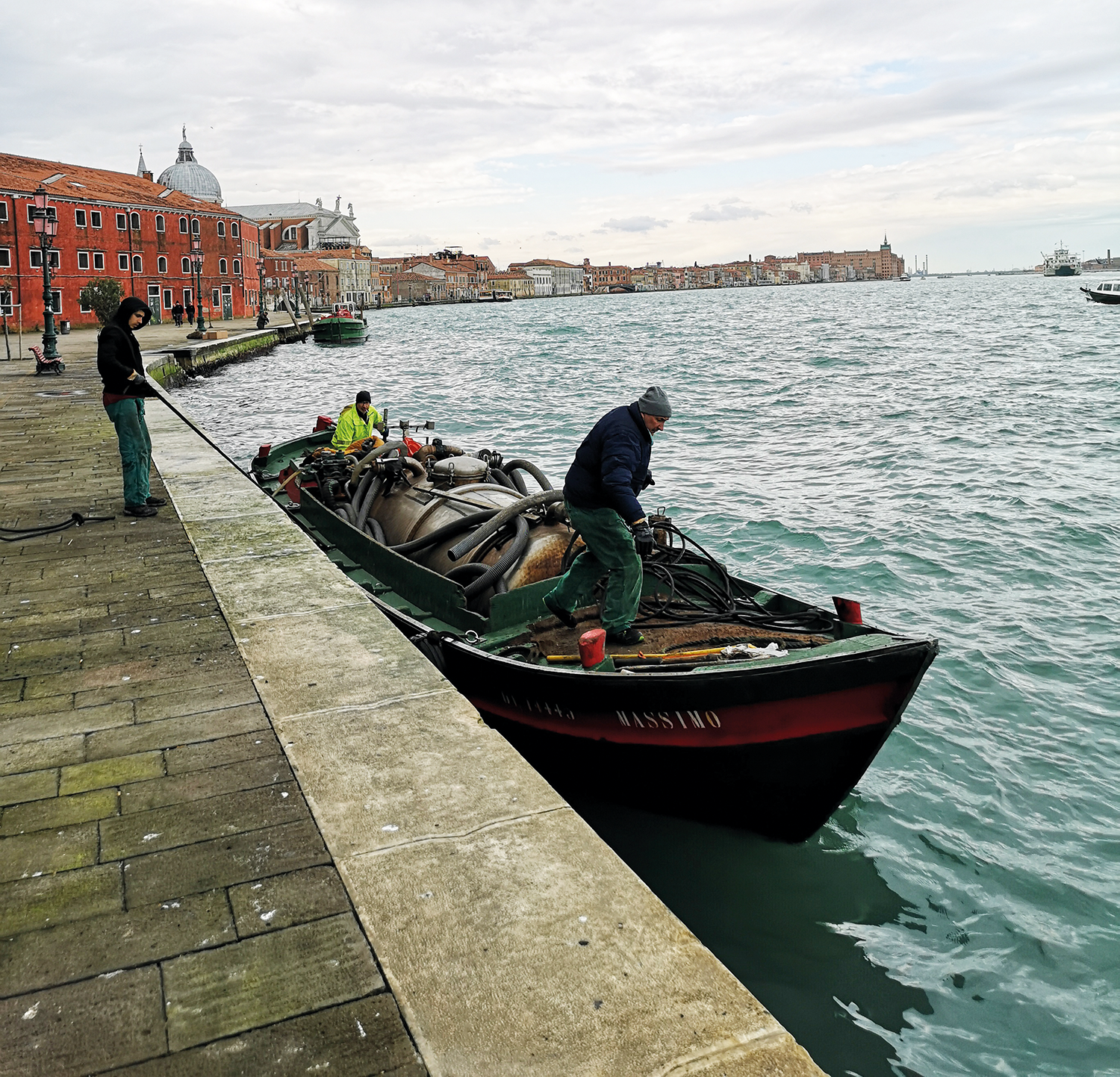
Opportunities for transforming the Venetian sanitation infrastructure
In existing urban structures, it is not always possible to introduce septic tanks since they have to be located on private property and they have to be installed according to fixed distances from the existing structural building walls. If buildings house more than 100 people, including hotels, they are obligated to install their own internal water purifiers.
Since the 1990s, the Municipality of Venice also built 30 municipal purification plants in connection with the renovation of social housing buildings in marginal areas, school complexes and municipal offices. The most used technology in these plants is the vacuum sewage system which uses much less water than traditional flushing with water.
To this date, Venice is far from a prime example of developing sewage and wastewater treatment in Europe, even though many improvements have been made in recent years. It is a challenge to connect historic buildings into a centralised wastewater treatment plant, and this has forced the municipality to seek small-scale localised treatment solutions.
The approach can turn into an advantage if Venice adopts the best current practices in circular sewage infrastructure. These would enable saving water, recycling nutrients and producing biogas. Venice has all the possibilities of transforming itself by becoming an early adopter of new sustainable technologies and a leader in sustainable sanitation.
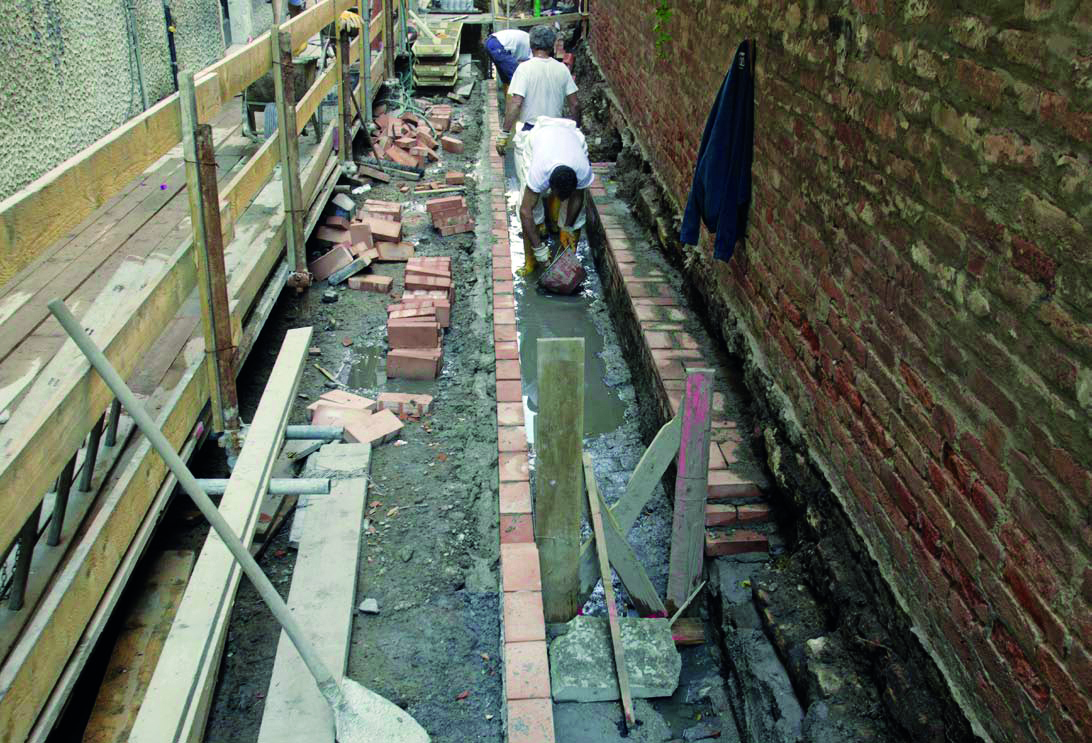
The article was first published in the book Death to the flushing toilet (Arvinius+Orfeus Publishing 2023), which accompanied the Pavilion of Finland’s exhibition Huussi – Imagining the future history of sanitation at the 18th International Architecture Exhibition of La Biennale di Venezia. The nearly sold-out book can be purchased via the publisher’s online store.
Barbara Motta is an architect and associate of the practice Studio A2R in Udine, Italy. She is a member of the Huussi exhibition team, The Dry Collective. Barbara studied architecture at the University of Venice (IUAV) and the Bartlett, University College London (UCL). She gained extensive professional experience in Barcelona, Spain, and in Italy in public works and urban planning, and in 2015, together with her architect sister Marilena Motta, founded Studio A2R. The studio is a multidisciplinary structure dealing with architectural design, urban planning, mobility projects, traffic moderation, accessibility of public spaces, construction site management and safety.
References
"L'antico sistema fognario veneziano", brochure published by Insula s.p.a.
"Venezia salvaguardia e manutenzione urbana", brochure published by Insula s.p.a.
Dominick Bossalini, Brian Gardner, Tyler Mathews and Mitchell Wills (student authors, 2013). "Canals, Bridges and Urban Maintenance", Interactive qualifying project submitted to the Faculty of Worcester Polytechnic Institute.
Lorenzo Bottazzo. “Tradizione e innovazione nell'opera di risanamento della fognatura di Venezia”. In a publication by Insula s.p.a.
